
Sea Otter
Sea Otter
Sea Otter
The cute sea otter is one of the popular animals in the aquarium! Although it looks cute, its ecology is also hidden in unexpected ways. Why don’t you explore the interesting aspects of sea otters? If you see an sea otter next time, your perspective may change a little?
Sea Otter Basic Infomation
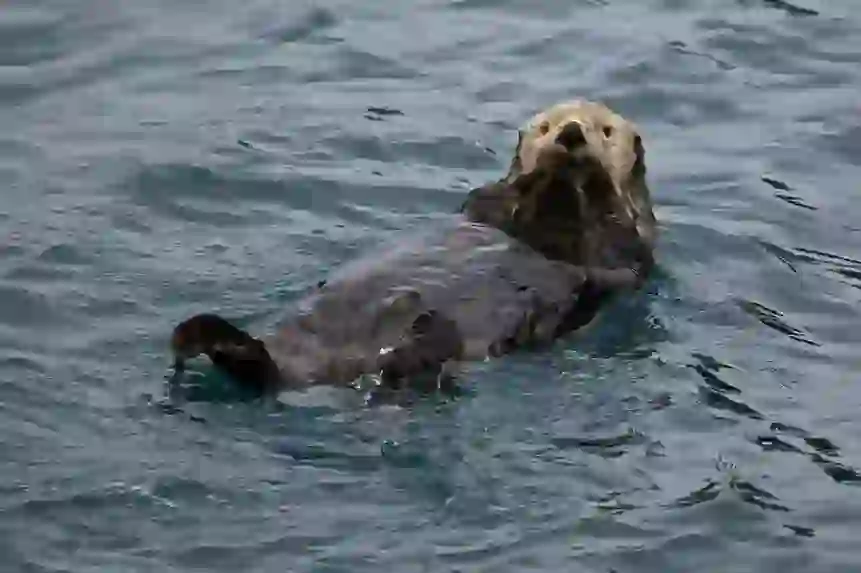
Carnivora-Mustelidae-Lutrinae-Sea_otter genus.
Length 100~130cm long tail 25~37cm.
weight male:22~45kg female:15~32kg.
North American Alaskan and relatively cold regions such as Russia along the coast of the North Pacific.
The head and chest are covered with gray or yellow-white hair, and other colors such as black and reddish-brown are mixed.
The head is large and round, and the hind legs have flippers.
The sea otter’s fur was over-harvested since it became famous for its high quality, so there was a risk of extinction for a while, but capture and trade have been restricted to prevent this.
As a result, the number of sea otters has recovered, and they have become popular animals since they began to be kept in aquariums in Japan around 1982.
It is said that it is difficult to distinguish between male and female sea otter, but the skull of males is larger than that of females. Therefore, they can crush even hard food.
The breeding period of sea otters is not particularly determined, so they can give birth to children throughout the year. Males also mate with multiple partners of females, but at this time, males may bite the nose of females.
This is to prevent it from being washed away in water, but if the male’s strength is too strong, the female may be injured in the nose. In the worst case, some females die from infections caused by bacteria entering from wounds.
However, if they can safely become pregnant, babies will be born about 6-9 months later. Basically, sea otters give birth to one child at a time, but twins are sometimes born. However, mother sea otters often do not have enough energy to raise two children at the same time. In that case, it seems that one of them must be abandoned with a heavy heart.
And the lifespan of sea otters is about 10-20 years. Some sea otters have lived up to 23 years old.
Sea otters mainly eat shellfish such as clams, abalone, scallops, and mussels. They also eat fish such as squid, octopus, crabs, etc., but occasionally eat birds and seaweed.
※Overfishing is the act of catching fish or other wildlife indiscriminately.
Sea Otter Q&A

Why can sea otters float in the water?
At aquariums, sea otters are often seen lying on their backs while eating or relaxing.
Have you ever wondered why sea otters can float on the water’s surface without sinking?
One reason is that their fur has a unique structure that allows them to trap small air bubbles between their soft hairs. This helps them stay afloat on the water’s surface.
Another reason is that sea otters are mammals and breathe air through their lungs like humans do. When they lie on their stomachs, they cannot breathe properly because they cannot take in air.
However, when they lie on their backs, they can take in air through their lungs and stay afloat on the water’s surface.
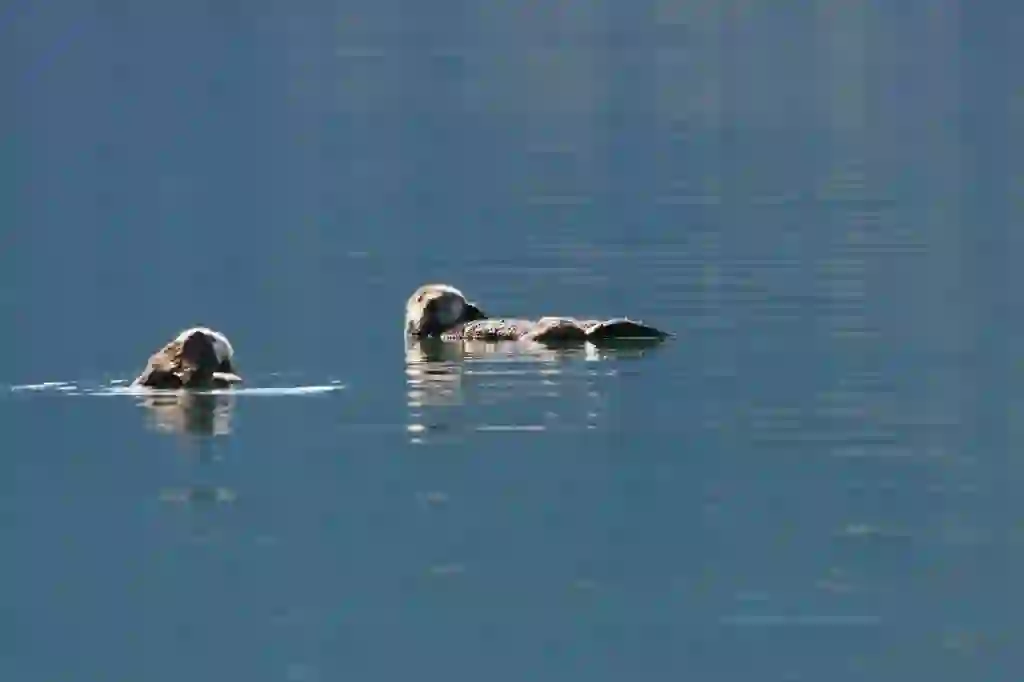
Why do sea otters break shellfish with stones?
Many people may have seen sea otters on TV using stones to crack open shells while floating on their backs. The relationship between sea otters and these stones is quite interesting.
Sea otters do not use stones to hit the shells directly, but rather place the stones on their stomachs and hit the shells with them. When the stones they have are not strong enough to crack the shells, they sometimes hit them against sturdy walls.
Since shells are hard and even humans sometimes have trouble opening them, these stones are very important to sea otters.
To support this, sea otters have a pocket under their armpits where they can store their favorite stones.
By the way, this pocket is surprisingly large and can be used as a weight when diving if you put multiple stones in it.
If sea otters lose their favorite stone, they become very upset and may even stop eating due to shock.
Sea otters are cute creatures, but if they get that disappointed, you might want to give them as many replacement stones as possible.
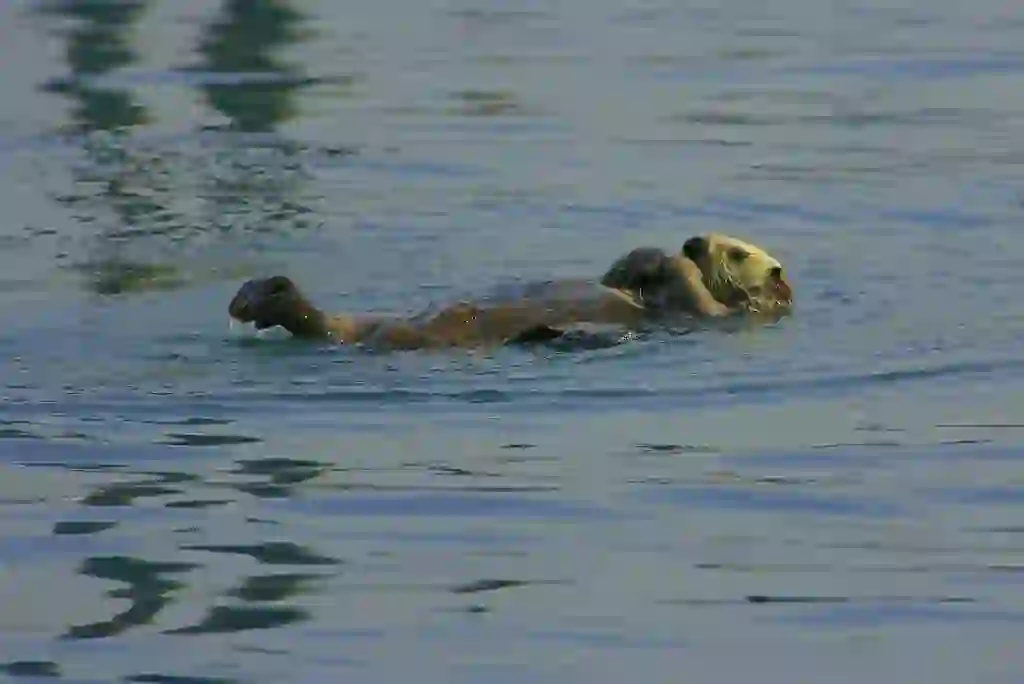
What is the origin of the sea otter name?
In English, it is called ‘sea otter’, but in Japanese it is called ‘rakko’. This time, I will introduce the origin of why it is called ‘rakko’ in Japanese. There are several theories, but let's start with one. The Japanese word rakko'' originally comes from the Ainu wordrakko,'' and because of its resemblance to an otter, it was originally called ``Atoi Esaman'' (meaning otter in the sea in Ainu).
It seems that However, since it became a taboo word, it may have been called "rakko" instead of "Atoi Esaman".
There seems to be a theory that it is because the on-yomi in the Chinese name is "臘虎" (rakko).
In addition, there are records written in books written in the Edo period, such as "海獺","猟虎'', "獺虎", and海獲".
These are said to be highly credible stories, but none of them seem to have conclusive evidence.
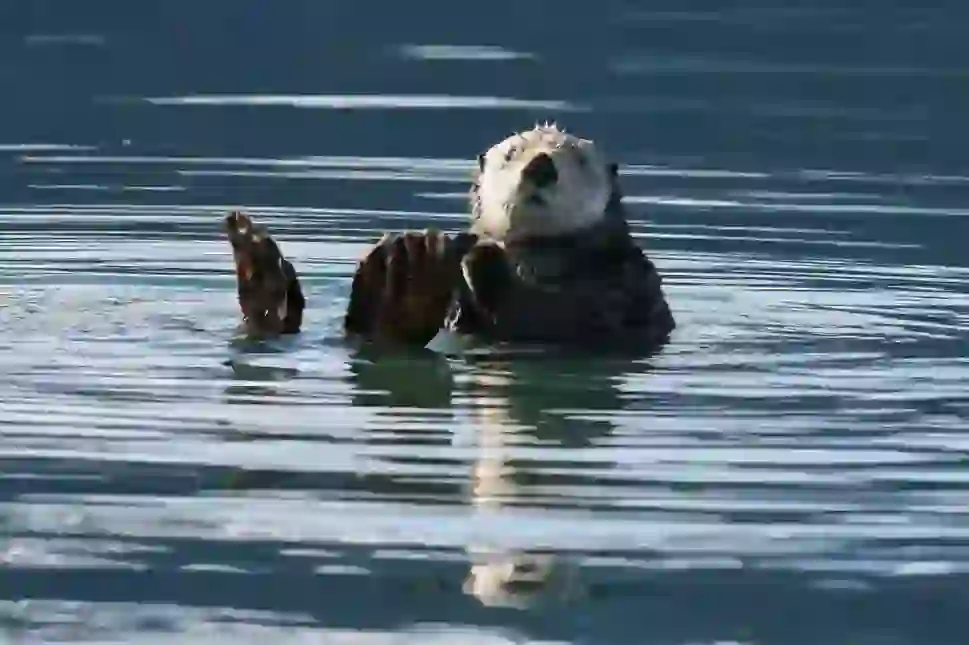
Sea otters often float on water, but don't they go up to land?
When it comes to the image of the sea otter, it is often associated with living in the sea. However, since sea otters are mammals, do they ever come ashore?
The conclusion is that sea otters occasionally come ashore. However, there are several conditions that must be met.
For example, when the sea is rough. Surprisingly, sea otters are not very good swimmers. When the waves are high, there is a risk of being carried away far away, so they come ashore temporarily to take refuge.
And although there are individual differences, some may come ashore when they want to take a break on land.
Finally, there is a story that they come ashore to sunbathe…or not. In any case, unless there is a special reason, it seems unlikely that they will come ashore very often.
By the way, when sea otters walk on land, they sometimes walk on all fours and sometimes on two legs. If you happen to see a sea otter walking in an aquarium, you might be lucky!

What position do sea otters sleep in when they sleep?
Sea otters spend most of their day on the water. As we have introduced in other Q&A sessions, sea otters rarely come ashore.
So how do sea otters sleep?
First of all, wild sea otters sleep with seaweed wrapped around their bodies while lying on their backs. At this time, seaweed such as kelp that is firmly rooted on the seabed is necessary; otherwise, it will easily come off and be carried away by the current.
As for sea otters in aquariums, as those who have seen them on display know, there is no seaweed on the seabed.
After all, they are in a tank and there is no risk of being carried away by the current. In such cases, sea otters sleep while holding hands with their companions while lying on their backs.
The tank is safe! Sea otters probably know that too, but it seems that holding hands with their companions while sleeping leads to a great sense of security.
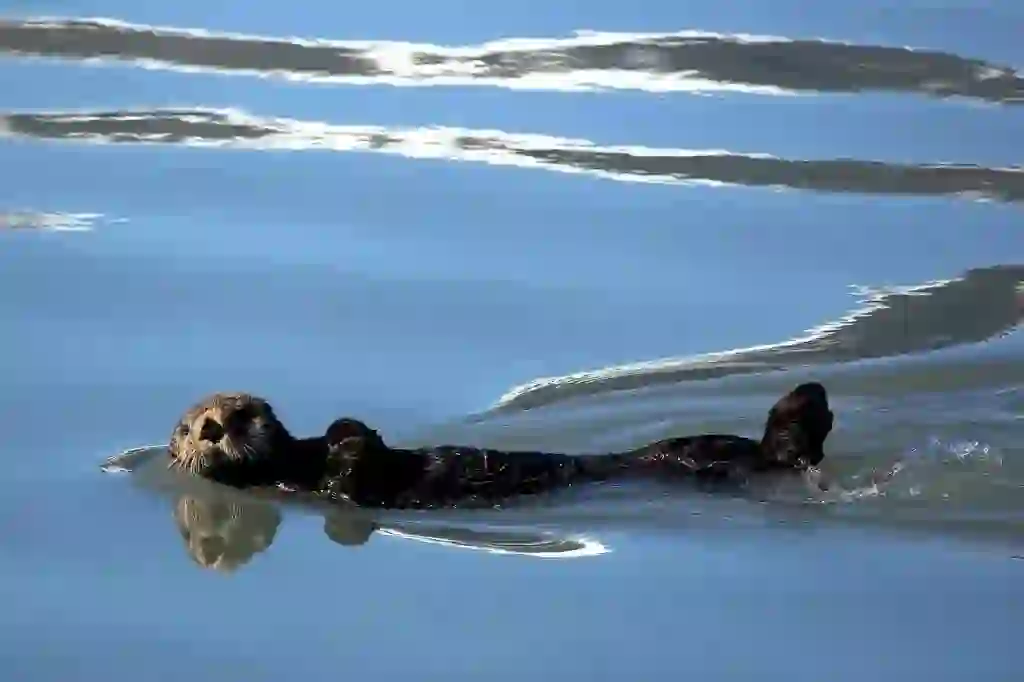
Is it true that sea otters have a great appetite?
Did you know that sea otters, which eat mainly seafood such as fish and shellfish, eat an incredible amount of food?
Surprisingly, it is said that sea otters eat about 25-30% of their body weight in food per day.
For example, let’s say there is a 40kg sea otter. In this case, the daily amount of food is about 400 shells. And on average, the cost of food for sea otters is said to be about 5 million yen per year.
So why do they need so much food? As we introduced in the basic information, the main habitat of sea otters is known to be very cold places such as Alaska and Russia.
To survive in such a cold environment, it is necessary to maintain body temperature so that it does not drop. However, to maintain body temperature, energy is required. The consumption is very large, and if you consume a lot of energy, you need to compensate for it with food; otherwise, it could be life-threatening. As a result, sea otters need to increase the amount of food they eat.
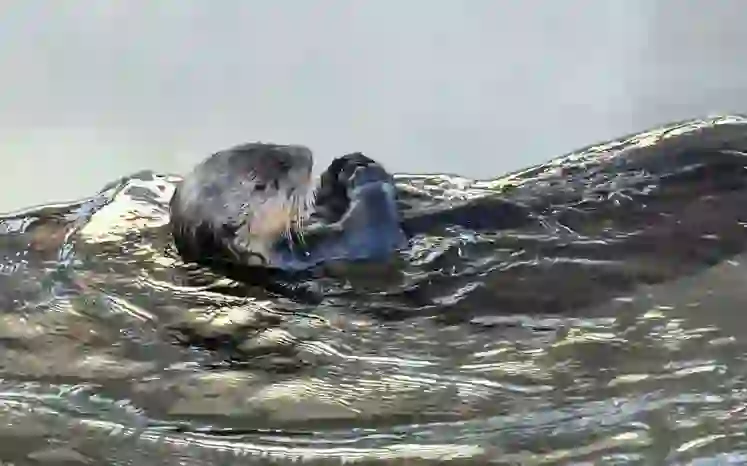
Is it true that sea otters are the hairiest animals in the world?
You can tell just by looking at a sea otter that it has a lot of fluffy fur.
There are many animals with fluffy fur, but sea otters are said to have the most fur in the world.
The amount is said to be about 800 million to 1 billion hairs on the whole body, but even if you look at the numbers alone, it’s hard to imagine.
So let’s take a look at cats as another representative of fluffy animals.
There are short-haired and long-haired cats, but even long-haired cats with a lot of volume have about 25 million hairs on their whole body. So roughly speaking, sea otters have about 35 times as much hair as cats. When you compare them like this, it’s no wonder that sea otters are said to be the hairiest animals in the world.
The way their hair grows is also an interesting mechanism consisting of two types of hair: guard hair and underhair.
And the reason why sea otters have so much hair is because they live in cold areas and need to protect themselves from the cold.
Sea otters do not have as much subcutaneous fat as seals or penguins. Therefore, their two-layered body hair structure helps them escape the cold.

Would you like to become a part of the 'Animalbook.jp'?
Turn your knowledge into Q&A and share it with the world. ※Publication will be activated after purchase. Let's share information together!
Sea Otter Type of List
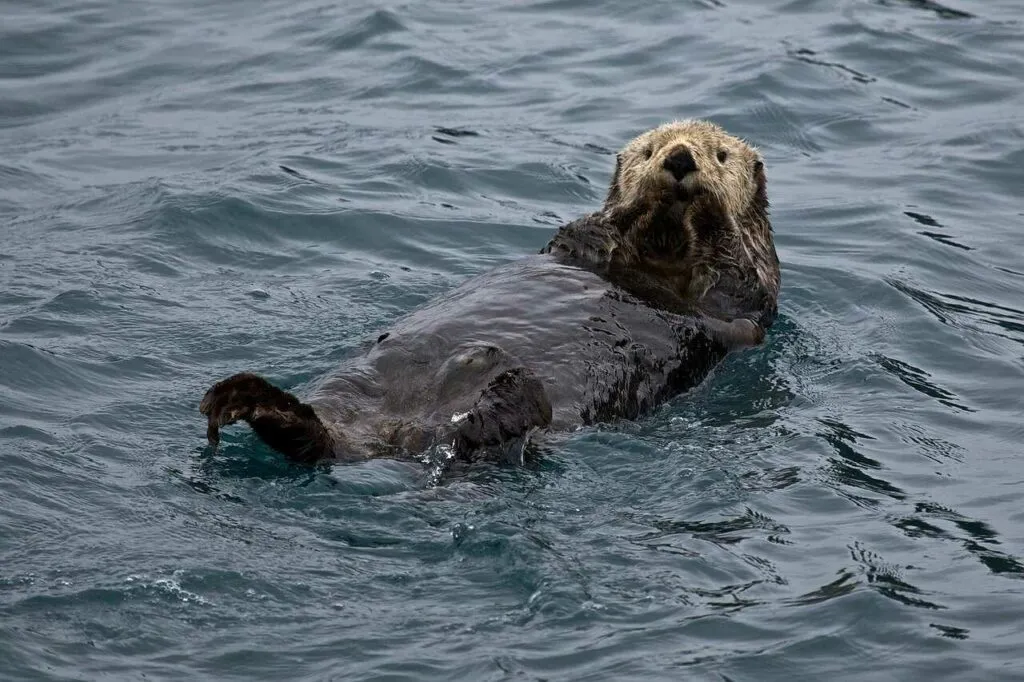
・Russian Sea Otter. (Asian Sea Otter). ・Alaskan Sea Otter. ・California Sea Otter.
Information
Congratulations! You are the first commenter!

Create Your Favorite List!
Sea Otter
Save the animals you love! Build your own list to quickly revisit your favorites later.

Would you like to leave a comment?
※Please note: This is for the purchase of rights to post comments within the article.
Find Your Favorites!
Our shop offers a unique and attractive selection of goods themed around various animals.
Sea Otter References

- ブリタニカ国際大百科事典 小項目事典
- 雑学カンパニー https://zatsugaku-company.com/sea-otter-hair/
- しずくの海洋日報 https://senkokugoshochi.com/seaotter-land-leg
- 絶滅危惧種リスト https://endangered-species.biz/archives/1327
- 万物の寿命まるわかり事典 http://www.lance4.net/banbutuno-jumyo/z0117.html
- 北海道新聞社・森と海の動物たち
- らっこちゃんねる https://seaotter.jimdofree.com/ラッコ百科-all-about-sea-otters/繁殖-reproduction/
Sea Otter Introduction of media used
出典:https://www.pexels.com/ja-jp/photo/-2554522/
出典:https://www.pexels.com/ja-jp/photo/-2554576/

出典:https://pixabay.com/images/id-1405976/

出典:https://pixabay.com/images/id-1992874/
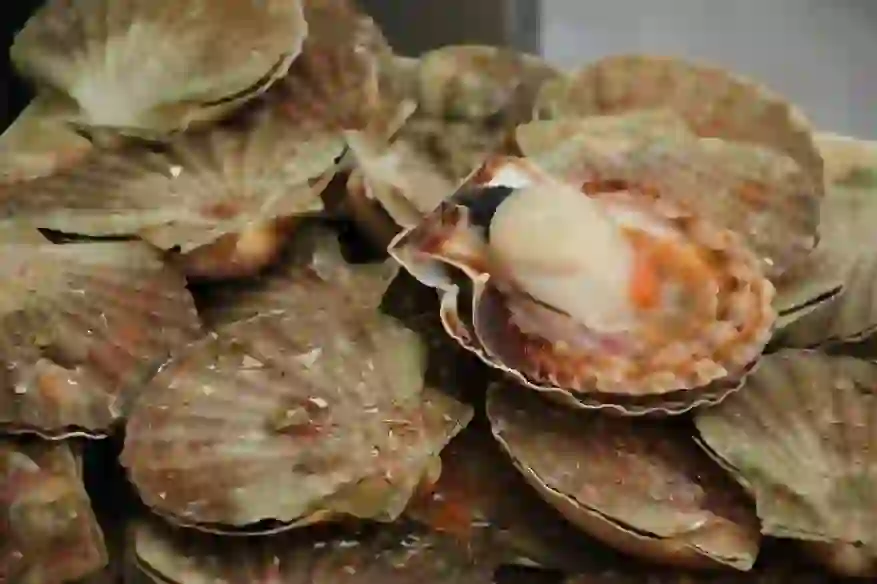
food
出典:https://pixabay.com/images/id-523622/
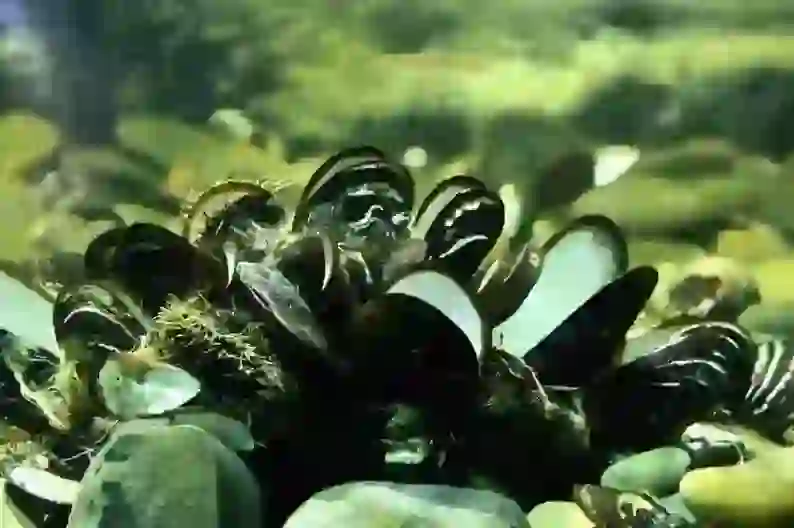
food
出典:https://pixabay.com/images/id-3655087/

出典:https://pixabay.com/images/id-442246/

出典:https://pixabay.com/images/id-1432794/

出典:https://unsplash.com/photos/axqTLZ12Jss

出典:https://pixabay.com/images/id-1405970/

出典:https://pixabay.com/images/id-3314894/
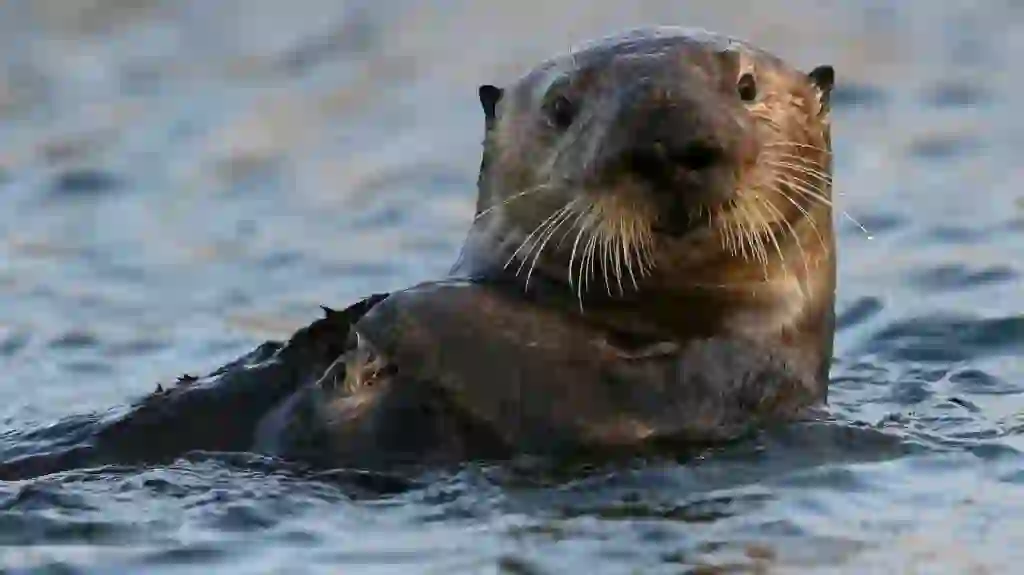
出典:https://pixabay.com/images/id-3848274/
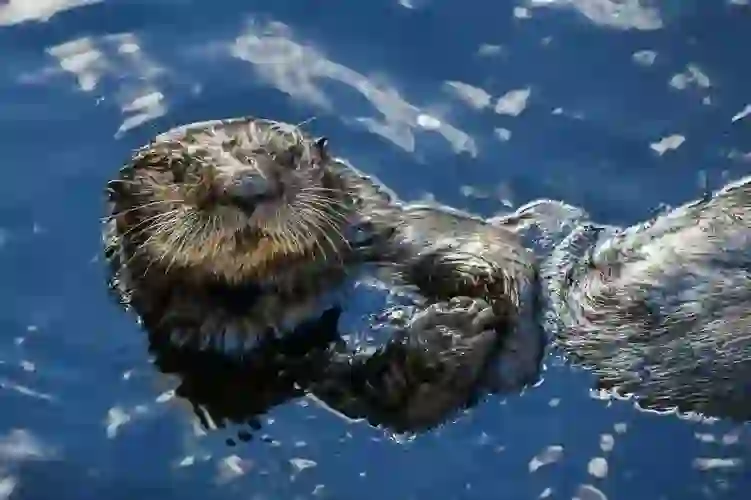
出典:https://pixabay.com/images/id-3194446/

Help Enrich Our Animalbook.jp with Your Media!
We are constantly looking to expand and enrich our Animalbook.jp with amazing photos and videos of animals. If you have any media that you'd like to share, please contribute and help us showcase the beauty and diversity of the animal kingdom. Your submissions will be credited and featured in our encyclopedia, reaching a wide audience of animal lovers.


















